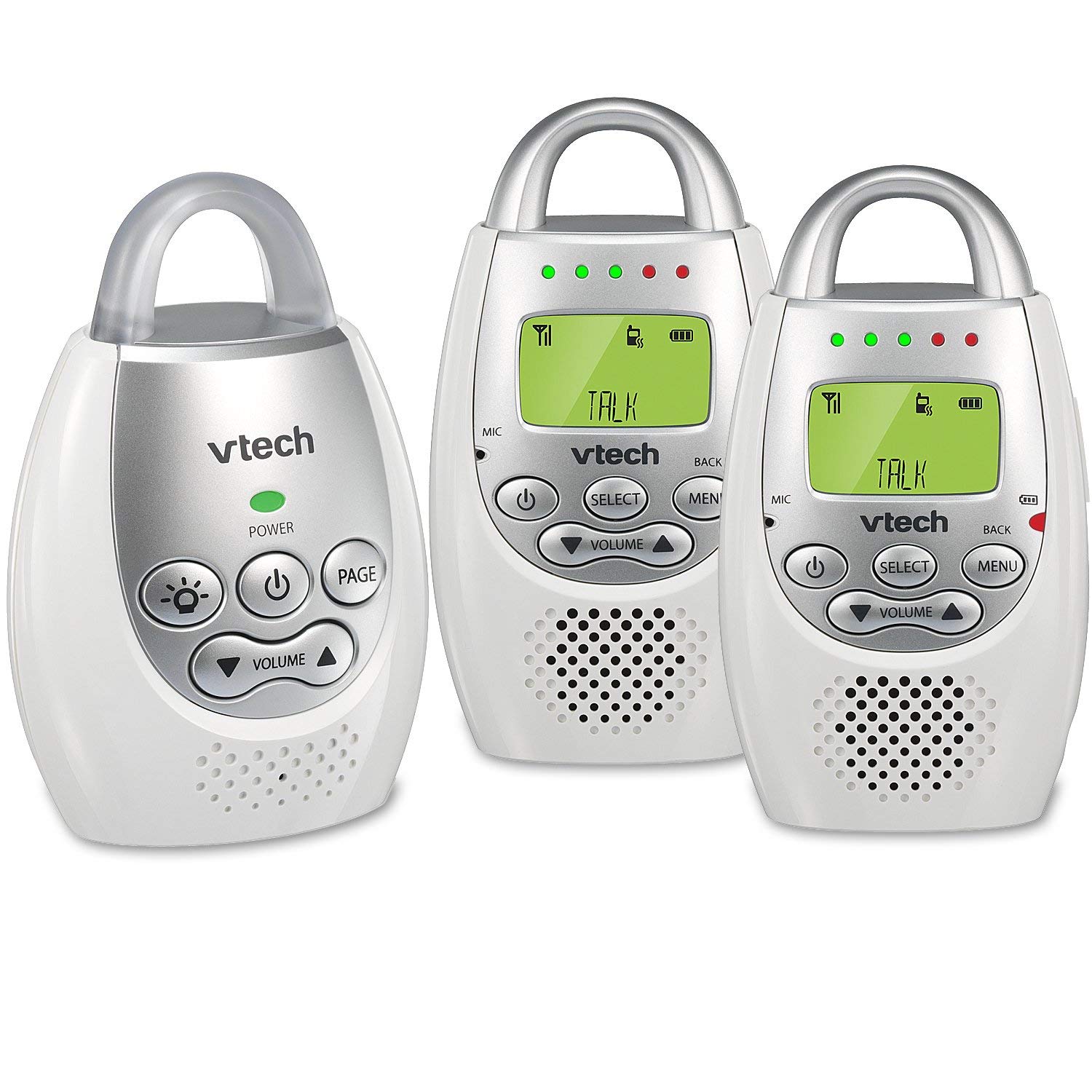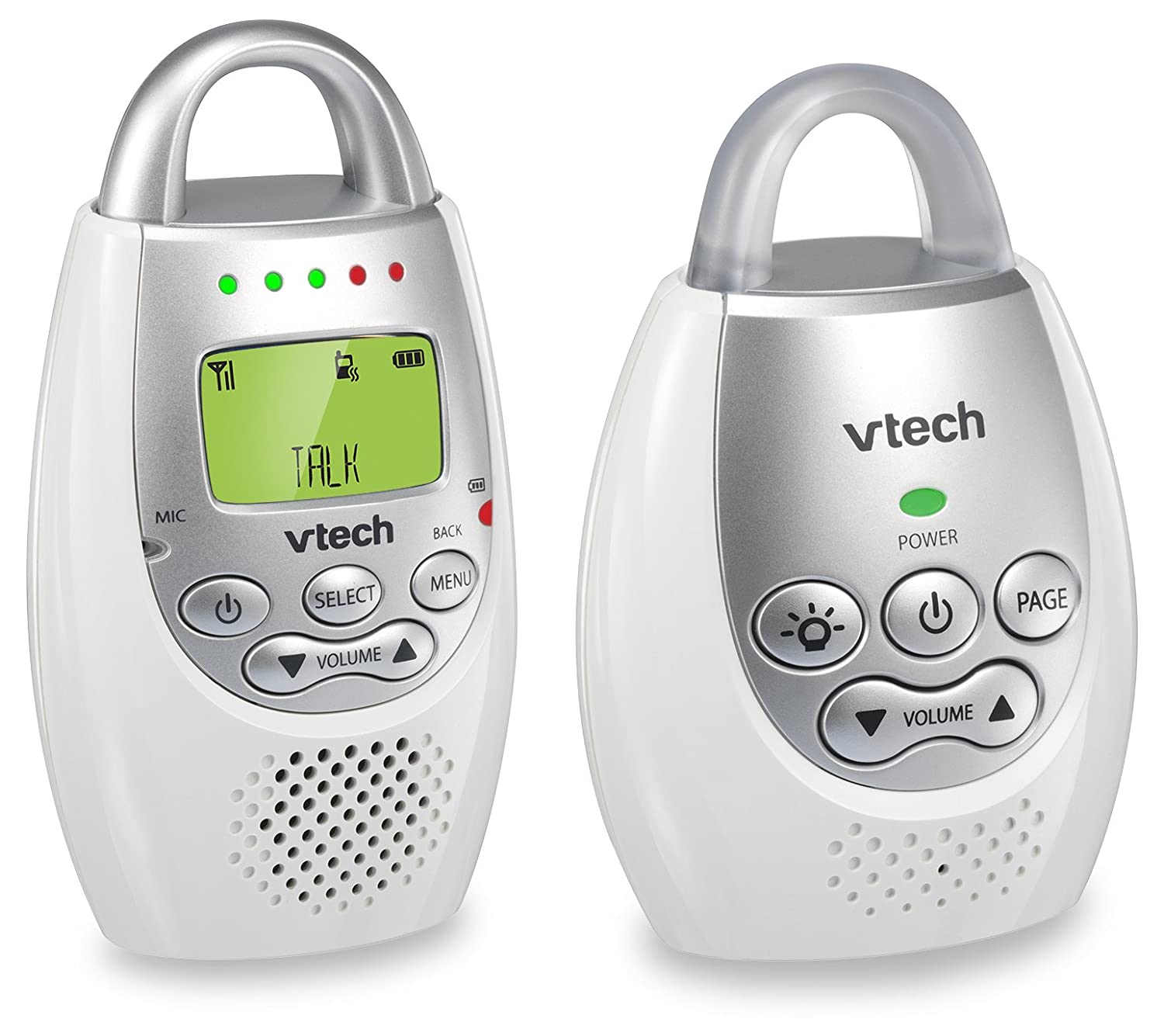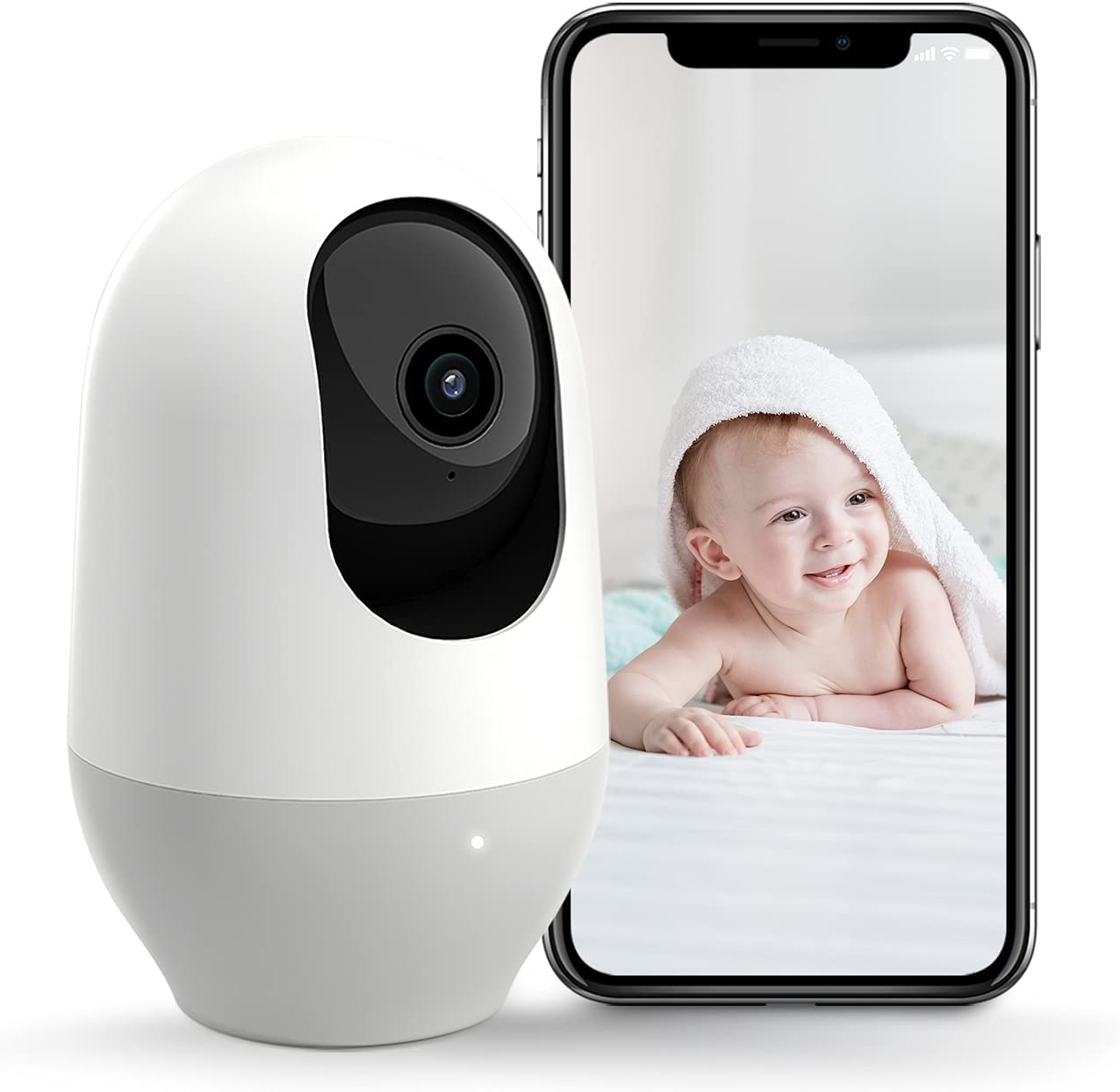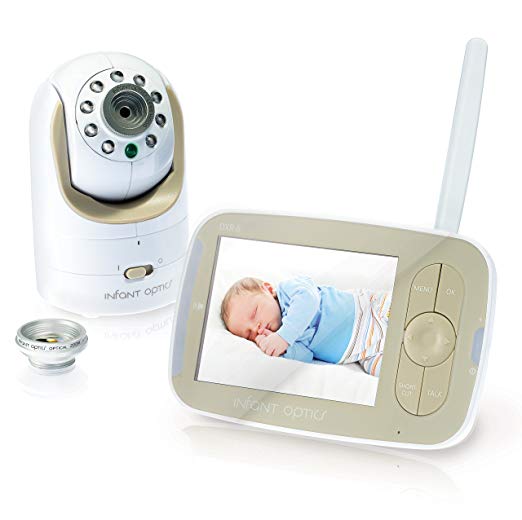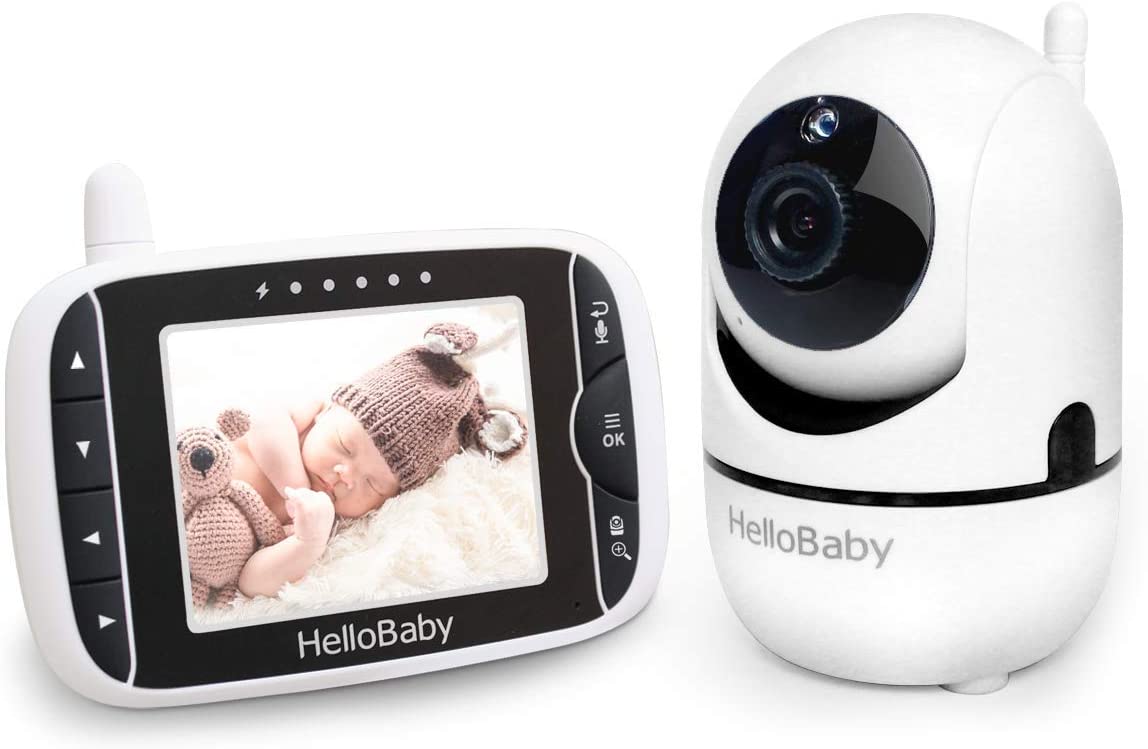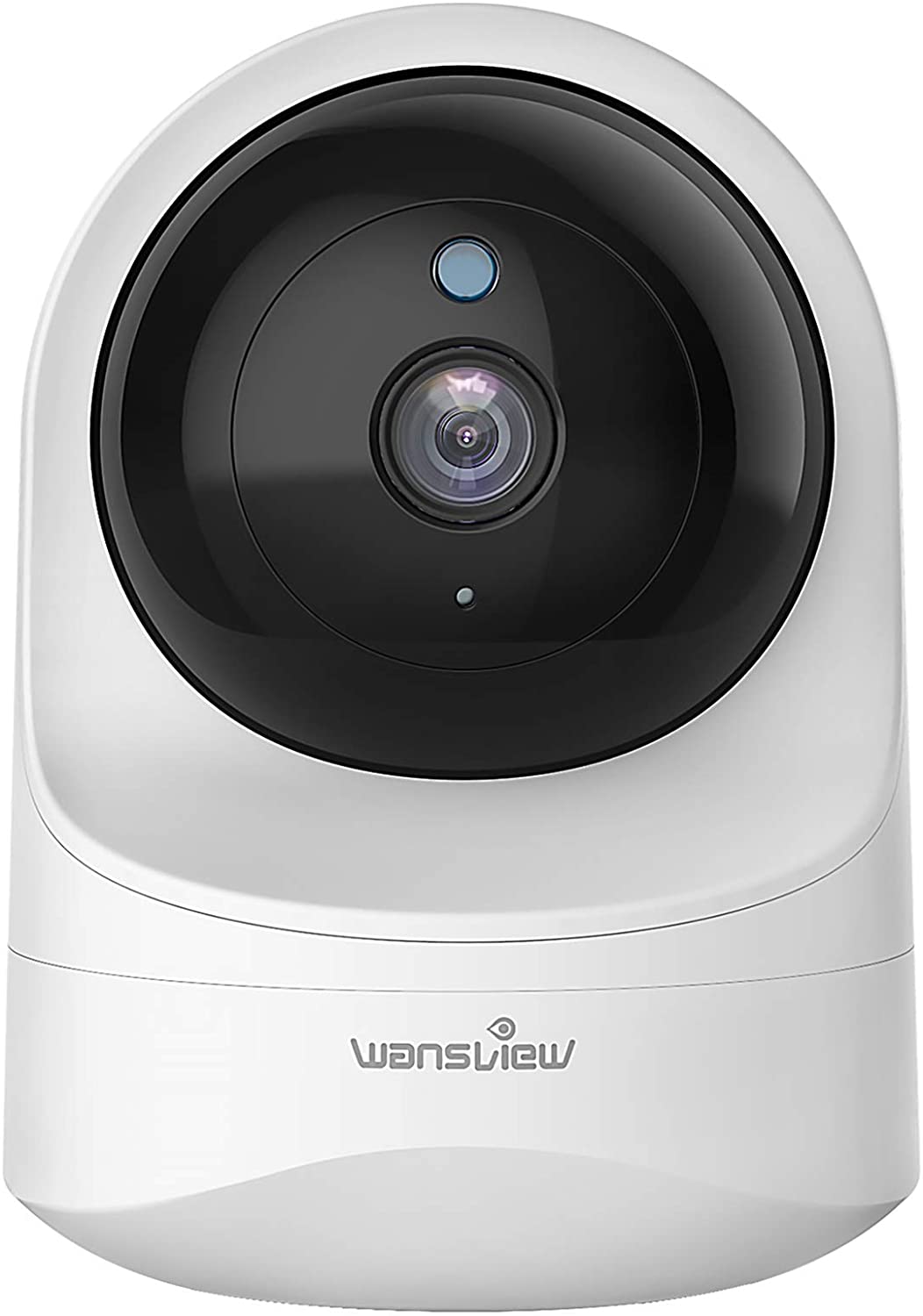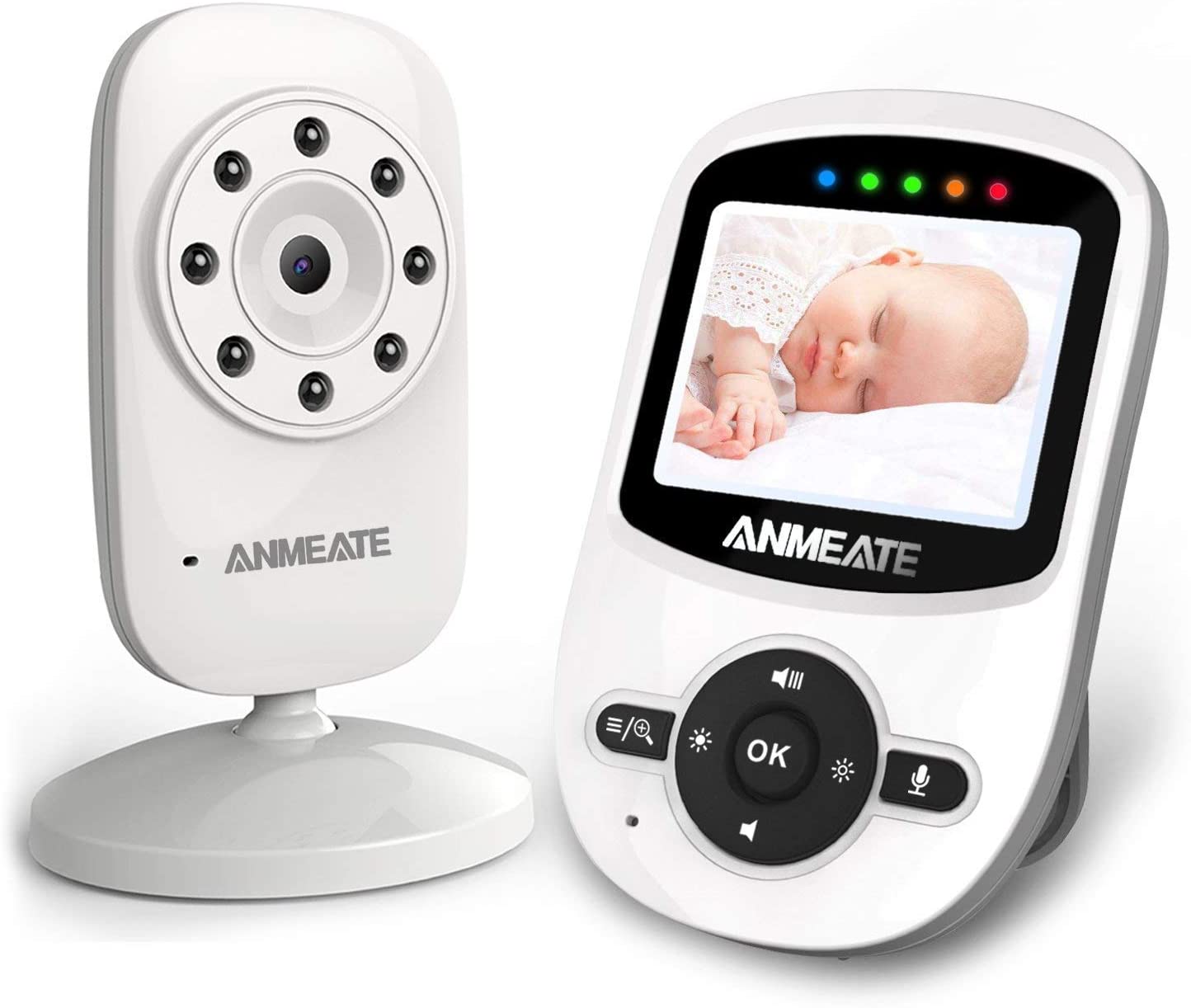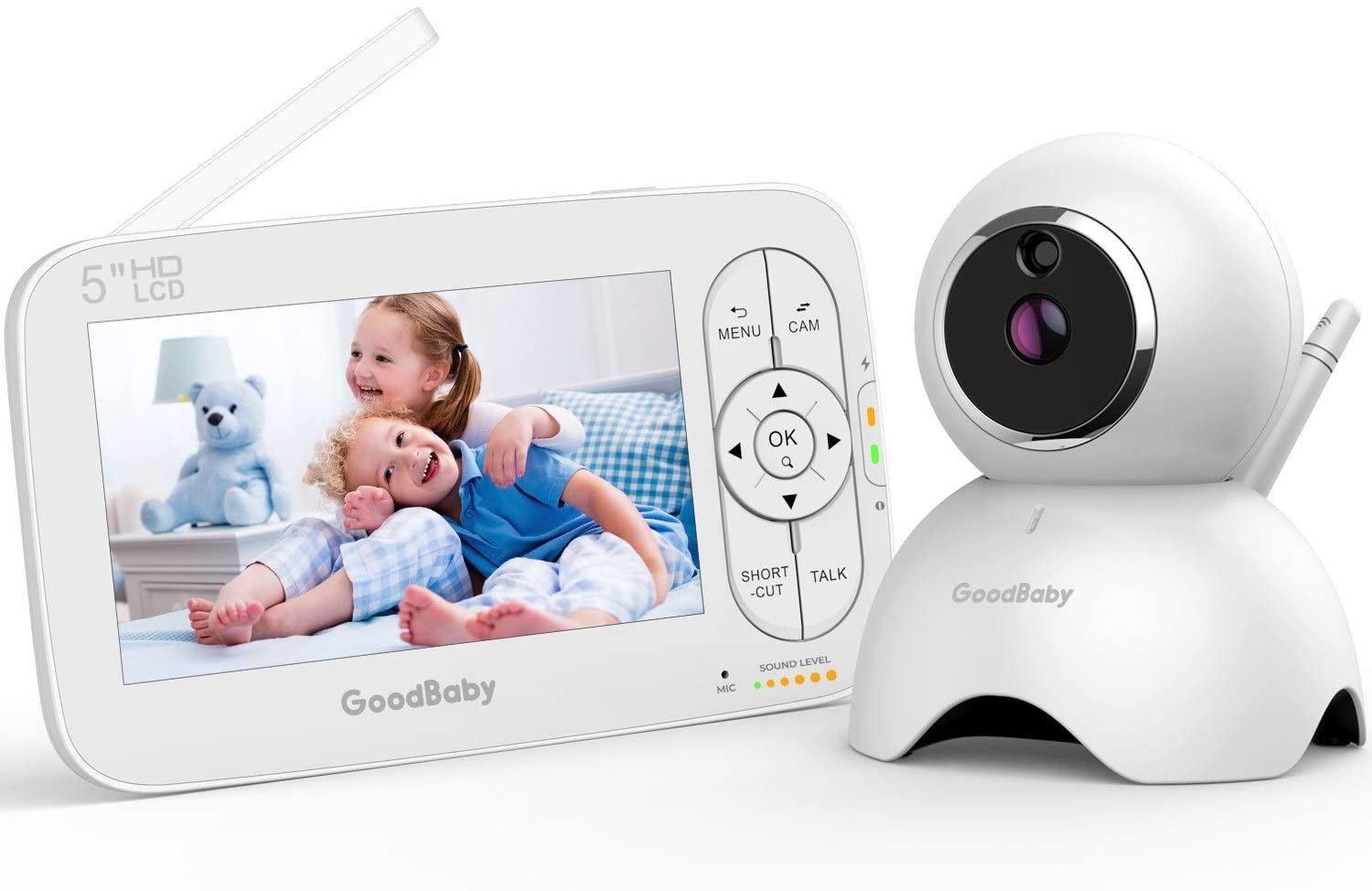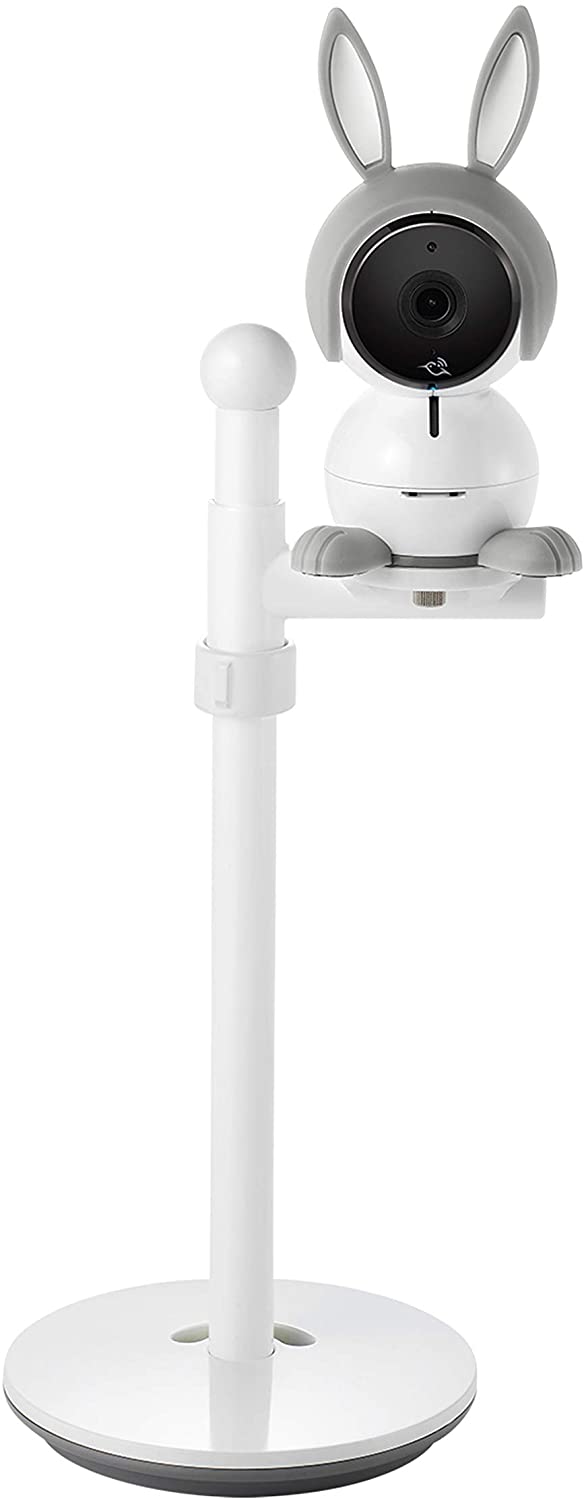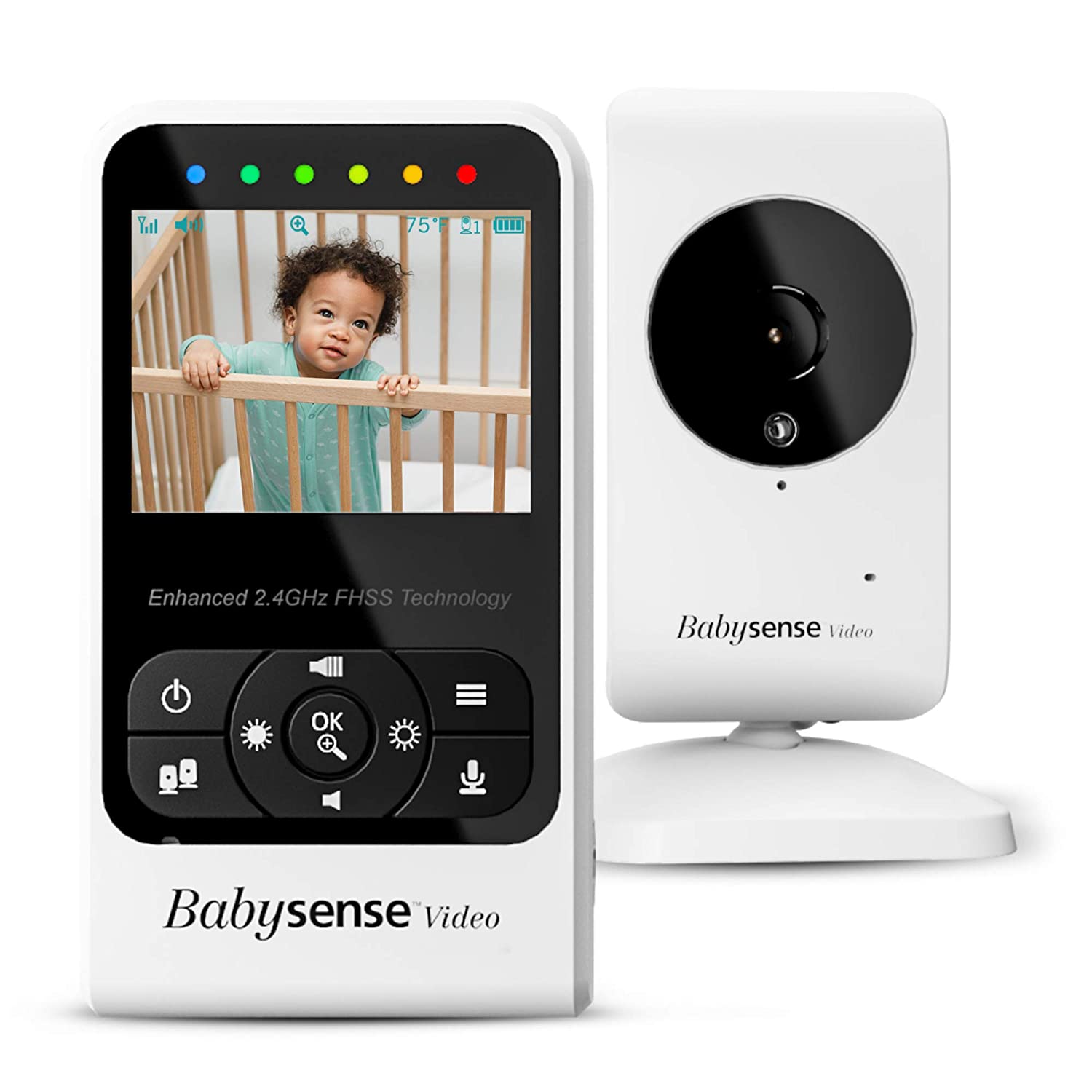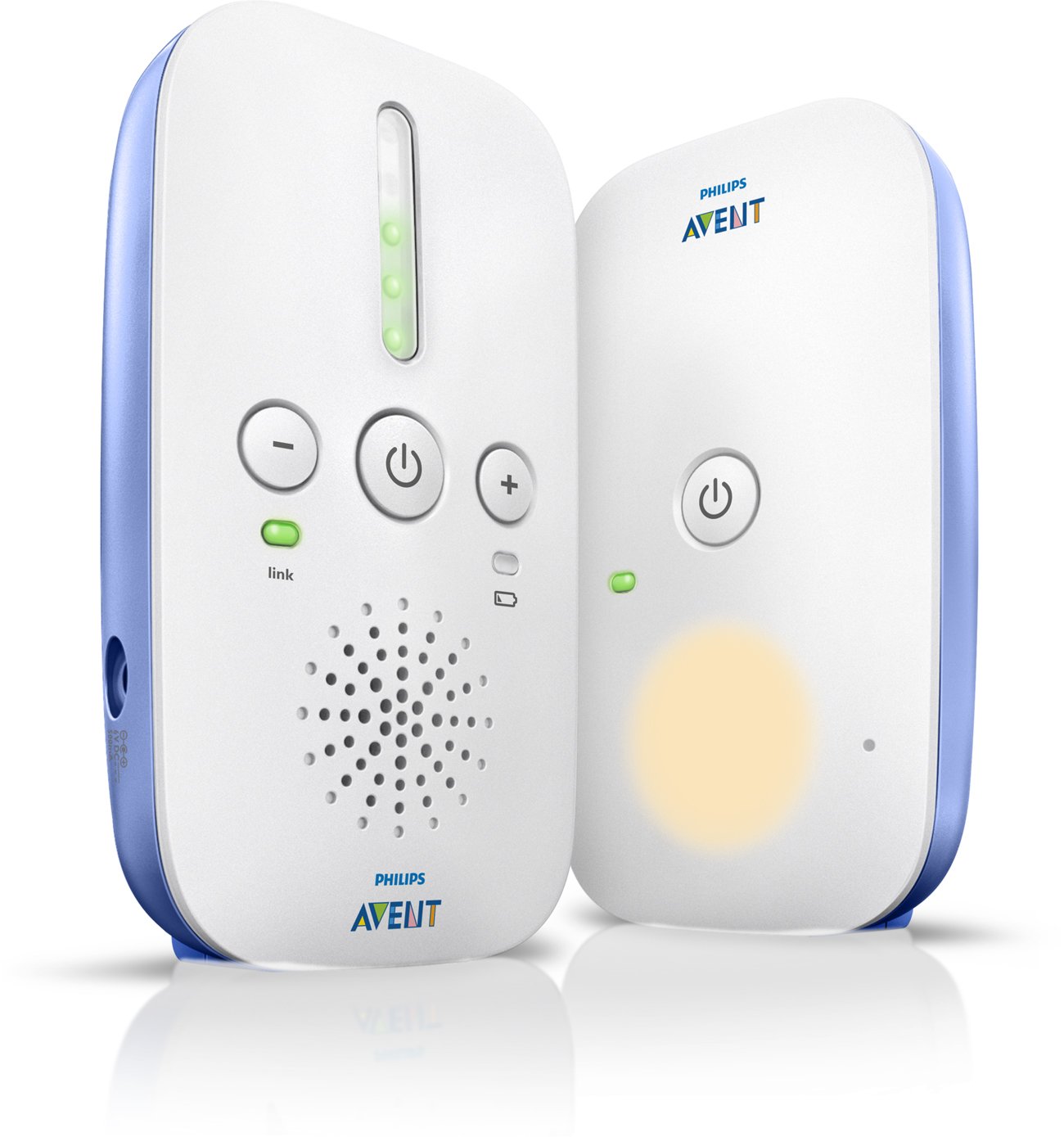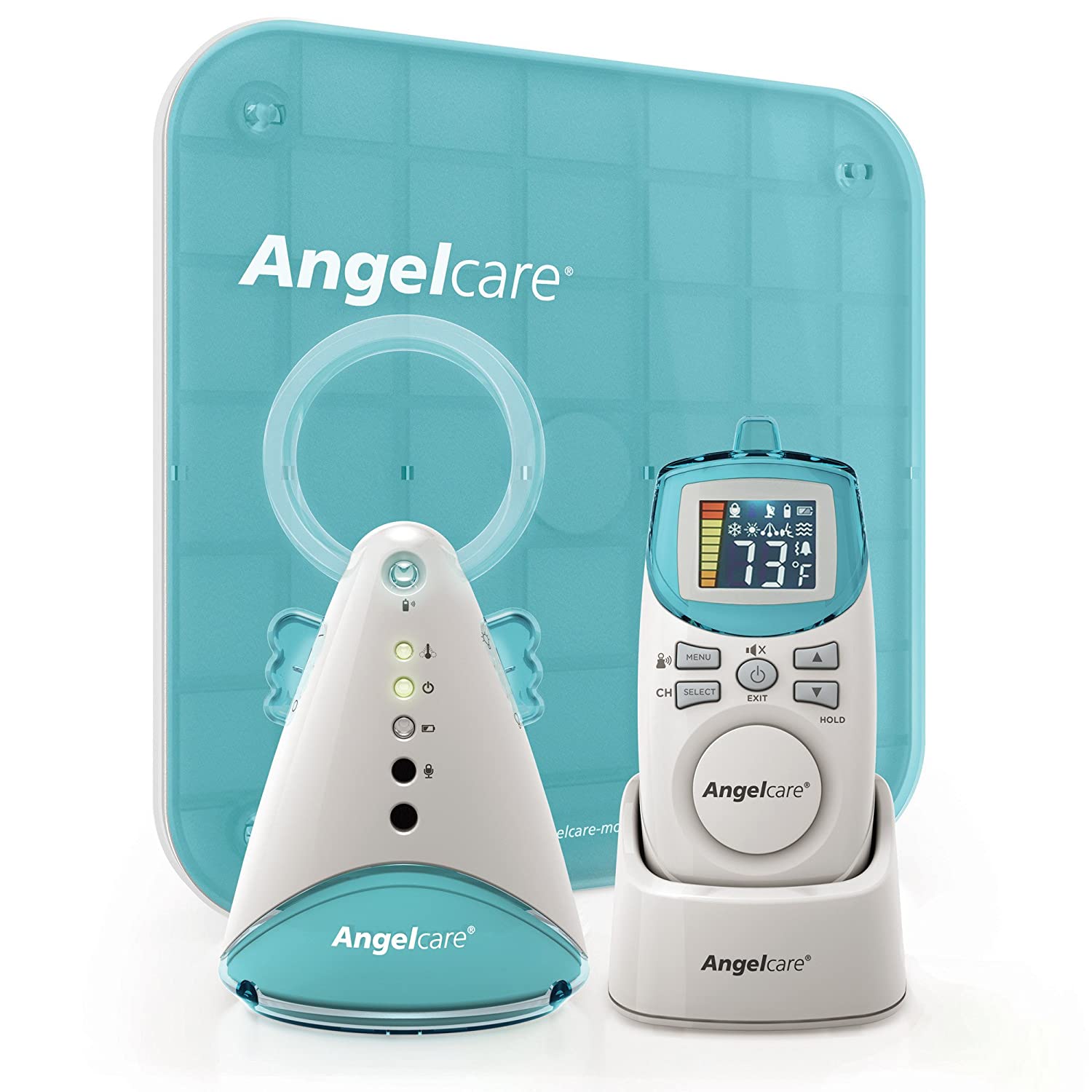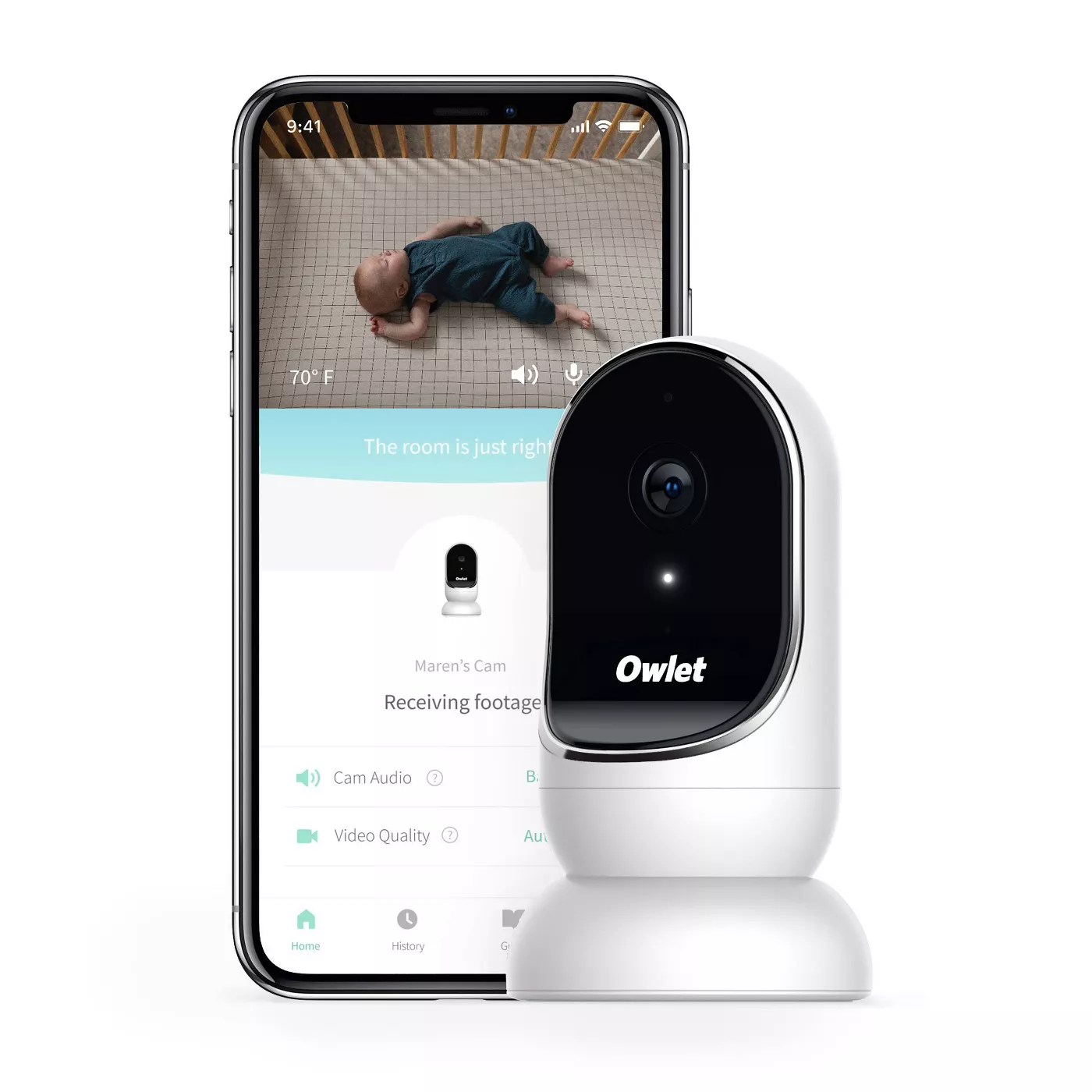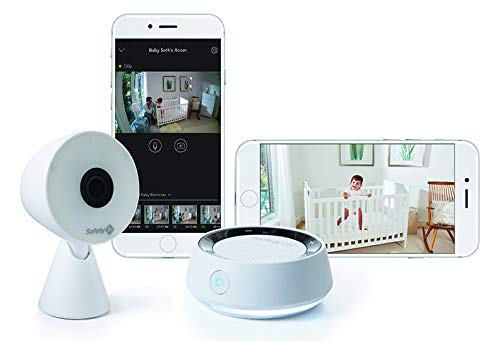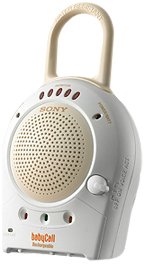VTech DM221-2 Sound Sensitive LED Baby Monitor
Last updated: January 5, 2022
This baby monitor lacks a video monitor, but it still features excellent sound quality, battery life and affordability. We like that you get two parent units for dual-monitoring with visual cues for sound level and a two-way talk option for comforting your baby. The parent units are cordless (with rechargeable batteries) and can also be programmed to beep if they lose touch with the baby unit or need to be recharged. We found them to be handy for attaching to your belt or keeping with you as you move around the house.
We looked at the top Baby Monitors and dug through the reviews from some of the most popular review sites. Through this analysis, we've determined the best Baby Monitor you should buy.
Product Details
Key Takeaway: It's easy to take the two parent units around the house with you as you use this baby monitor.
In our analysis of 38 expert reviews, the VTech Sound Sensitive LED Baby Monitor placed 8th when we looked at the top 15 products in the category. For the full ranking, see below.From The Manufacturer
This configuration includes two parent units (monitor) and one baby unit (audio monitor). DECT 6.0 provides crystal clear transmission, eliminating the annoying white noise you hear from analog monitors. 5-level sound indicator – graphic bars on the parent unit indicate the level of sound in your baby’s room so you can visually monitor the noise level with the unit muted. Sometimes all your baby needs is to hear the sound of your voice – comfort your infant with the 2-way talk-back intercom. Rechargeable batteries provide parent unit with up to 18 hours of monitoring time on a single charge, or use two AAA batteries (not included). Go hands free with the belt clip on the parent unit – carry the parent unit everywhere you go without the hassle of holding it. The operating range of the parent unit is up to 1,000 feet outdoors or 160 feet indoors. Parent unit can be set to beep if: (1) link between the parent unit and the baby unit is lost, and/or (2) rechargeable battery is low.
